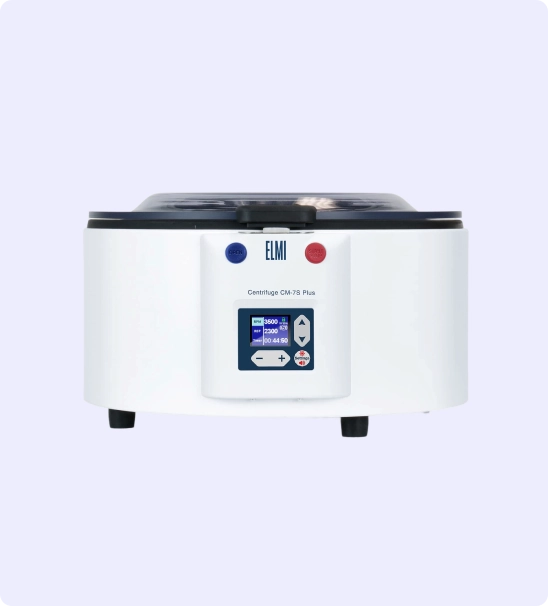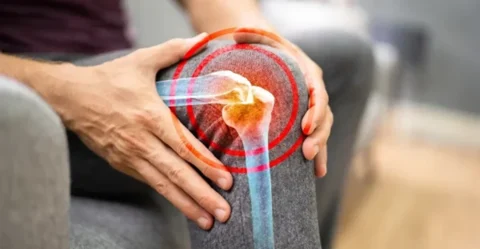With the plethora of hair loss treatments available that claim to be good alternatives to hair transplantation, it’s still a challenge as to what non-surgical treatment you’d want to combat the effects of hereditary hair loss. Two of the most popular non-surgical treatments for hair loss include platelet-rich plasma injections and laser hair restoration treatment.
So when comparing PRP hair restoration therapy to laser hair restoration, which would be better? At first glance, laser hair restoration treatment is better than PRP hair restoration therapy because the former is unambiguously effective, has lesser side effects, and has a lower cost in the long run.
Regardless, knowing which procedure to choose still depends on your specific needs; you may have to choose just one or even combine the treatments for optimum benefits, which should all be approved by your provider.
Comparing How They Work
Platelet-rich plasma and low-level laser therapy are both associated with hair growth, but they work in completely different mechanisms. These mechanisms are summarized as follows:
| PRP | LLLT |
| Growth factors released by concentrated platelets promote new blood vessel formation, which promotes better blood flow to areas affected by hair loss by providing good oxygenation and nutrition;Promoting anti-apoptotic (anti-programmed cell death) effects;Prolonging anagen phase of the hair growth cycle. | Affects mitochondrial mechanism, promoting increased ATP (the energy currency of the cell) production, modulation of reactive oxygen species, and production of proteins necessary for cell proliferation and migration. |
Comparing How They’re Administered
Platelet-rich plasma and low-level laser therapy are also administered completely differently. One is an outpatient procedure where injections are done while the other may be done in the clinic or at home. The administration of these procedures is as follows:
| PRP | LLLT |
| Platelet-rich plasma may be administered via a 3-step process, the steps of which are as follows:Blood Draw – Blood may be drawn from the patient via a syringe with an anticoagulant.Blood Sample Processing – The blood sample will then be processed via centrifugation.Administration – The processed formulation will then be administered via injection at equal spaces at the affected areas. | Whether at home or at the clinic, low-level laser therapy is done by using a device that delivers low-level light lasers which are within safe and therapeutic range to the scalp.The device may be a hand-held device or a cap-like device. |
Comparing Their Side Effects
Both platelet-rich plasma and low-level laser therapy have comparably fewer adverse effects, especially when compared to hair transplantation. These side effects are summarized as follows:
| PRP | LLLT |
| Injection site reactions (pain, bruises, swelling on the injection site)Infections (rare)Nerve and tissue injury (rare)Less efficacy with use of blood-thinner medications and anti-inflammatory medications | Telogen Effluvium (or hair loss associated with the procedure, although this is temporary and may go away with continued use);Possibility of the presence of dysplastic or malignant lesions on the scalp (this is because LLLT has cell growth and proliferative effects) |
GET MEDICAL-GRADE BLOOD COLLECTION NEEDLES AT 20% OFF WITH CODE “20OFF” ON YOUR FIRST ORDER.
Stock up on blood collection needles and other medical and aesthetic supplies with FACE Med Store. Checkout today and get 20% off your order.

Comparing Their Cost
Studies on the cost-effectiveness of platelet-rich plasma and laser devices to patients experiencing hair loss are done. In these studies, it may be observed that low-level laser therapy (LLLT) is comparably less expensive than platelet-rich plasma.
This is evidenced by a study indicating that LLLT’s incremental cost-effectiveness ratio (ICER) was $4961.37 per grade 3-4 OM case prevented, while another study indicates that platelet-rich plasma’s ICER was $439,303/quality-adjusted life year.
This is to be expected because undergoing LLLT, especially when home-care versions are bought, requires a lower upfront price than PRP which has yearly maintenance treatments to maintain efficacy.
PEP Factor: An Excellent Formulation for Hair Care
A healthier hair may be promoted by combining treatment options together. PRP hair restoration therapy may be combined with laser hair restoration treatment, while these 2 procedures, in turn, may also be combined with the use of the PEP factor.
PEP Factor is an excellent formulation for hair care that promotes natural hair growth through its natural, nourishing ingredients. It’s safe to complement the previously mentioned procedures because of its topical application, meaning it can be administered without bringing adverse effects.
PEP Factor contains basic fibroblast growth factor (bFGF) and copper peptide as its active ingredients. Basic fibroblast growth factor has the ability to promote cell growth and proliferation while copper peptide has antioxidant properties, both of which can help improve the appearance of thinning hair.
Get High-Quality Medical Supplies at FACE Med Store
A laser treatment may be considered superior to platelet-rich plasma in many aspects, including its FDA-approved status and lower upfront cost, as it doesn’t need maintenance treatments. However, those who’d want to experience the benefits of both may do so by undergoing both the treatments to achieve optimum hair growth and hair health.
At FACE Med Store, we strive to provide high-quality beauty and medical supplies to help our clients get what they need for their businesses or for personal use. We’re committed to helping you maximize the benefits of your hair restoration treatments with our top-of-the-line products for hair growth and maintenance. Contact us today at info@facemedstore.com to help you get started on your hair growth journey.
















